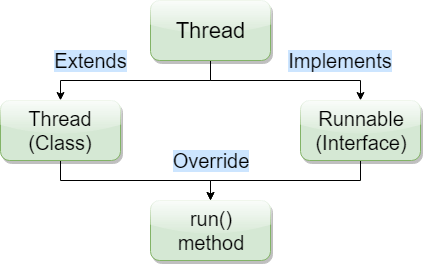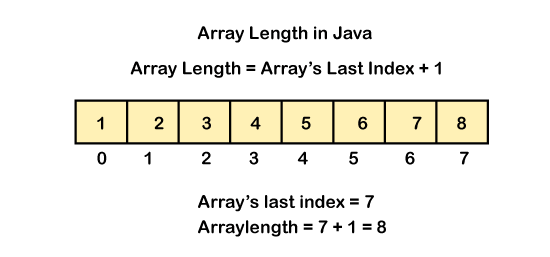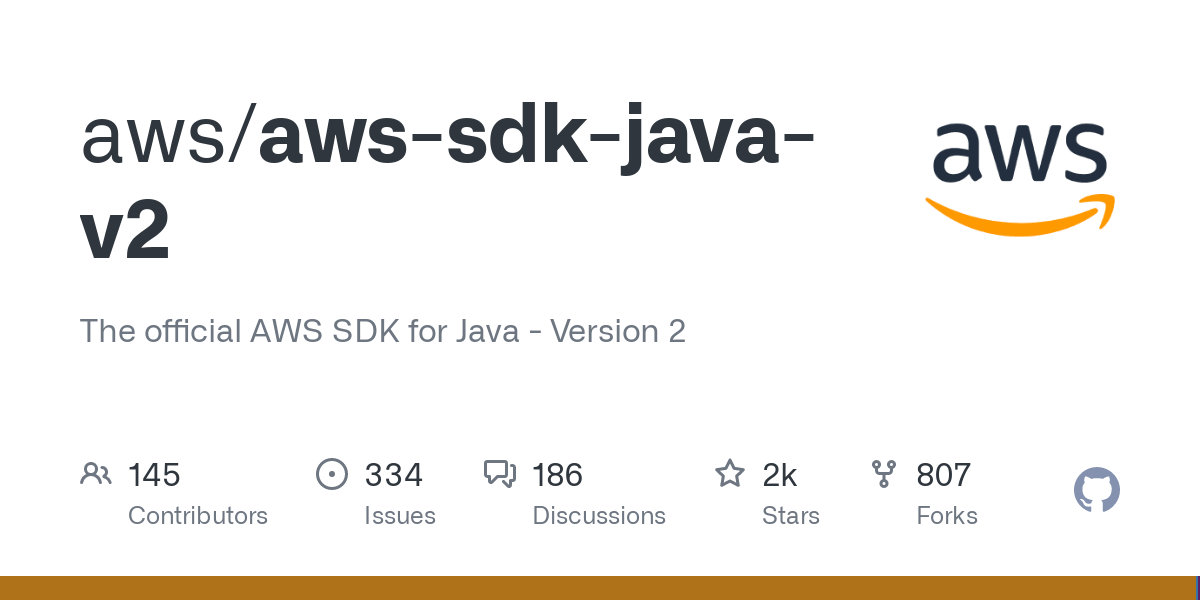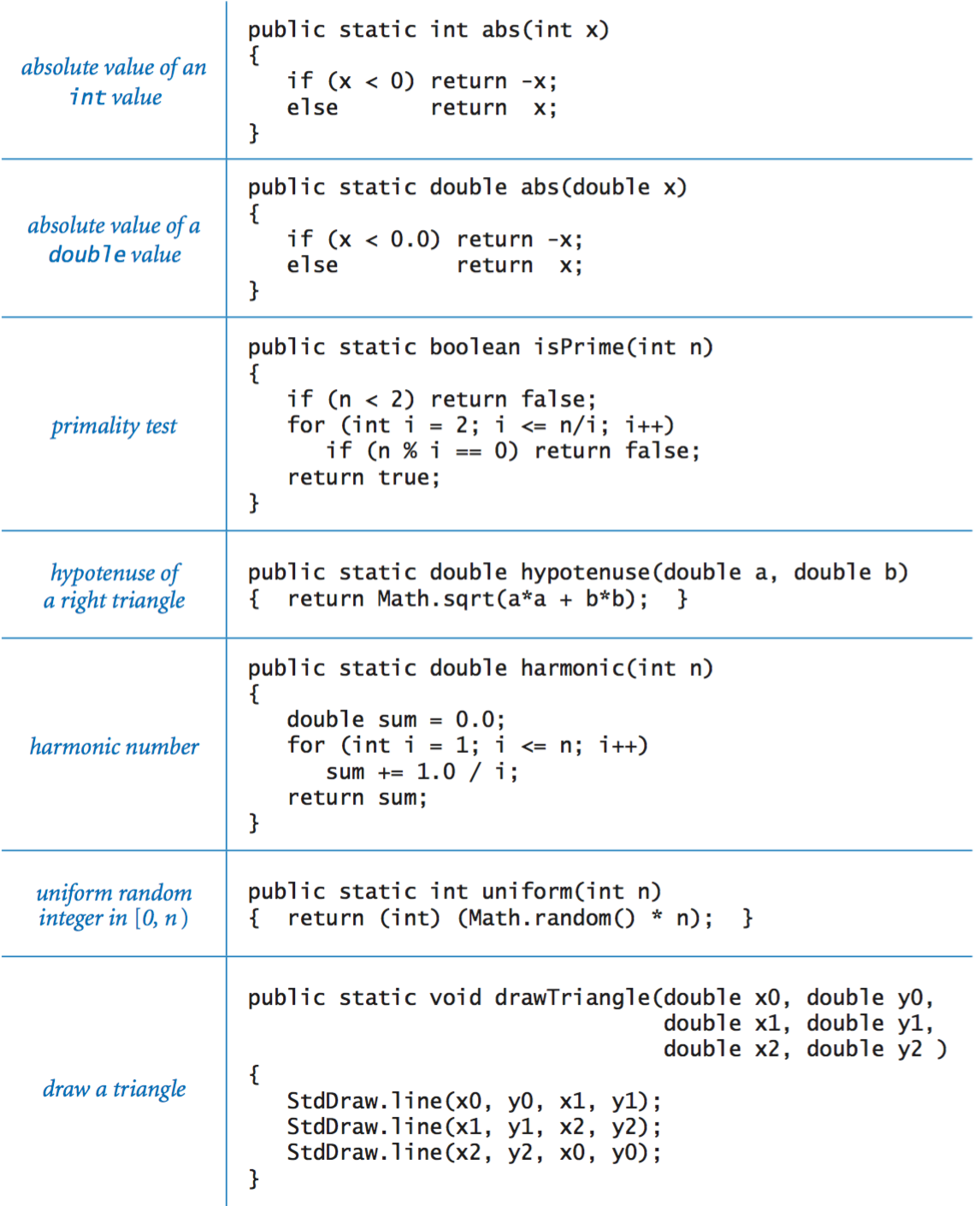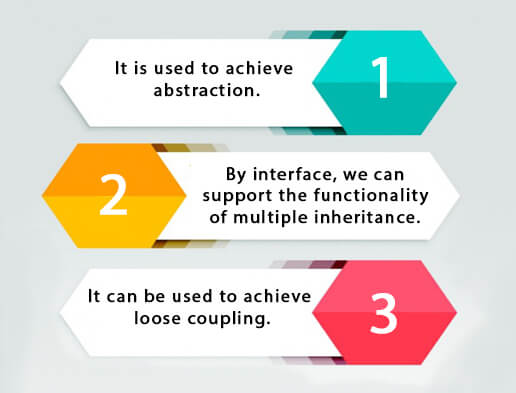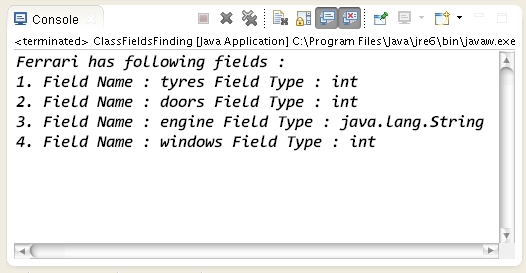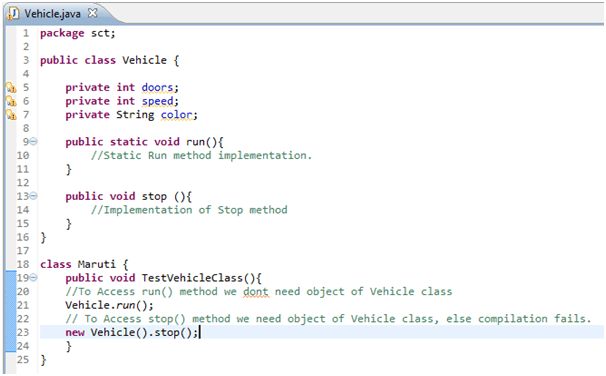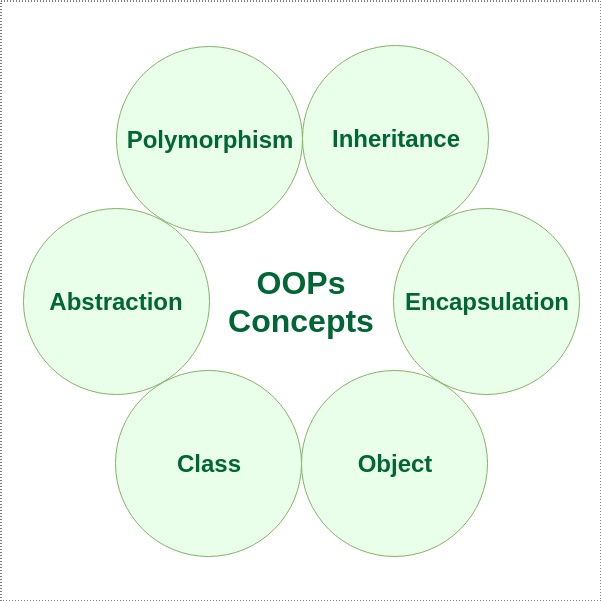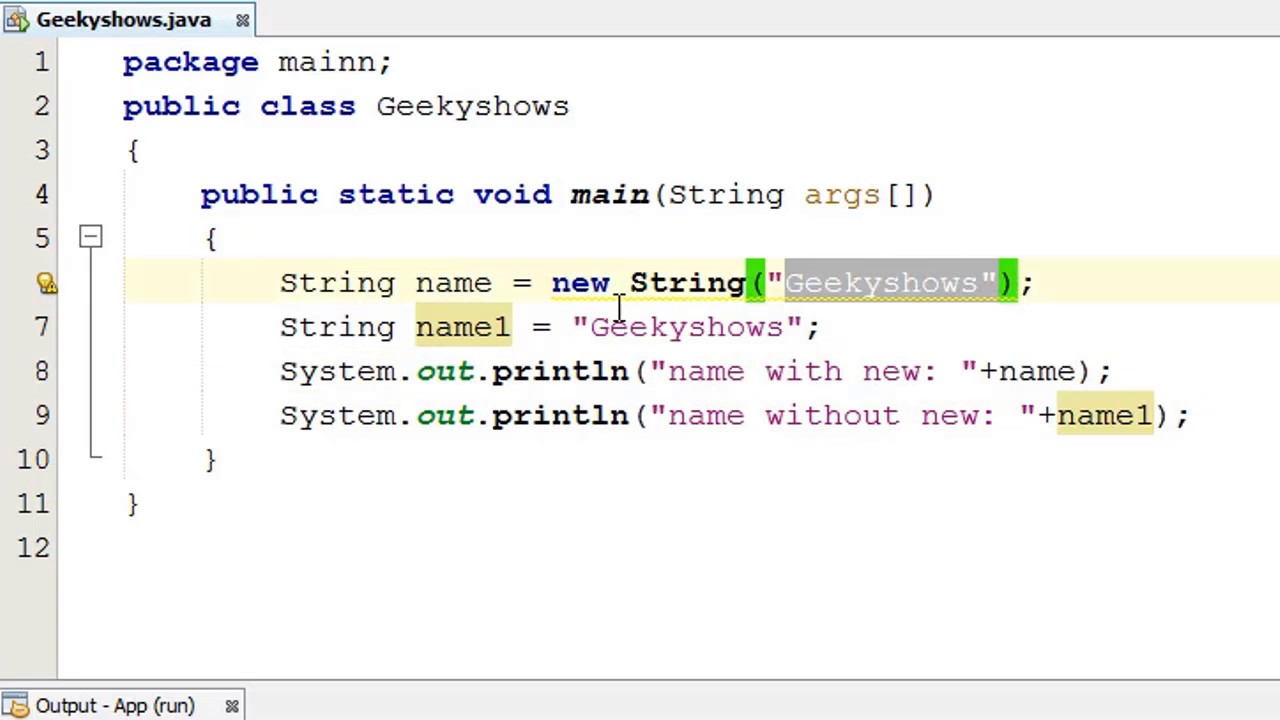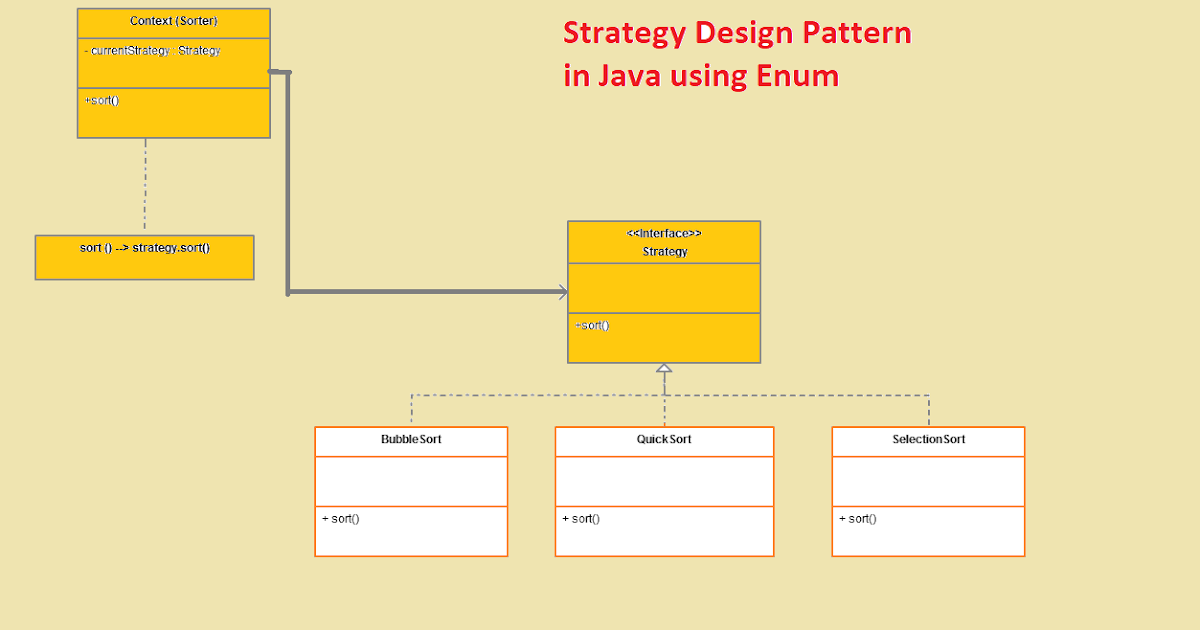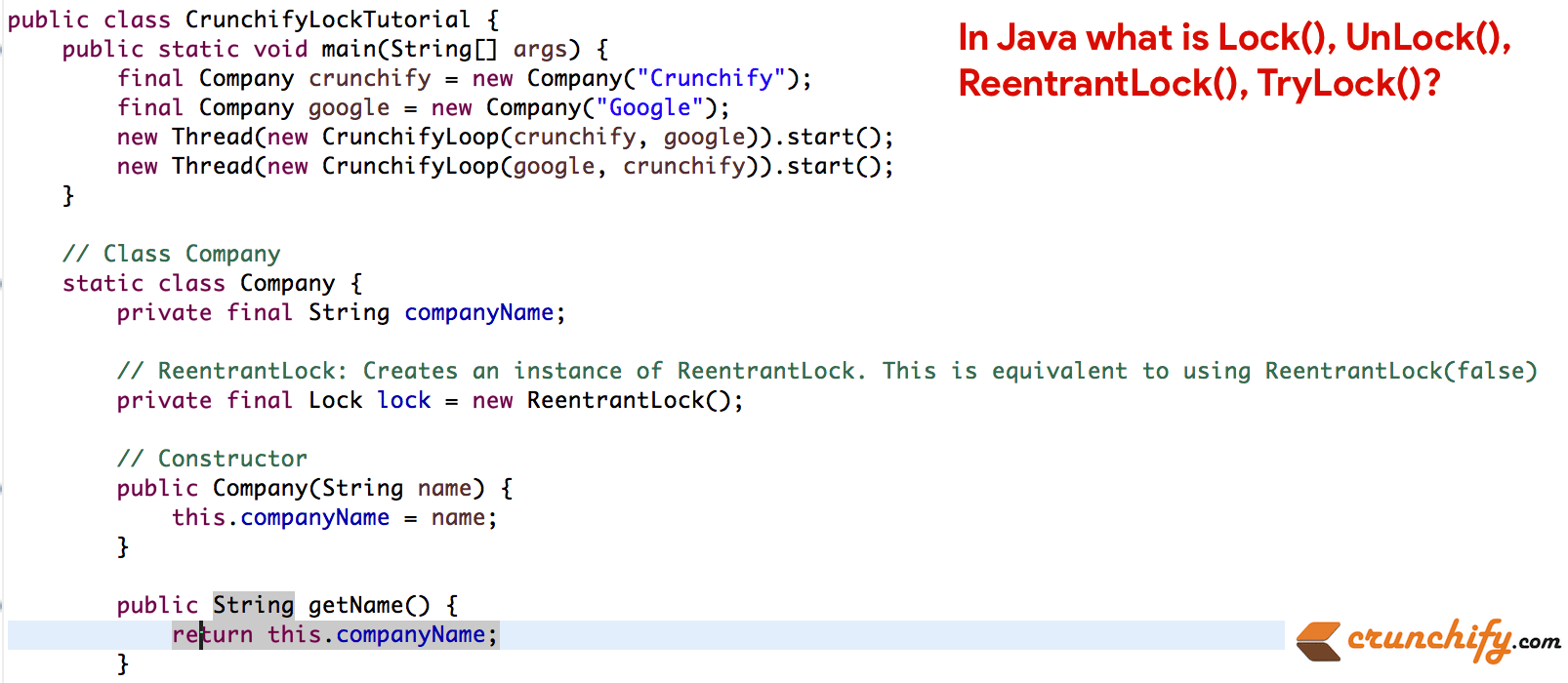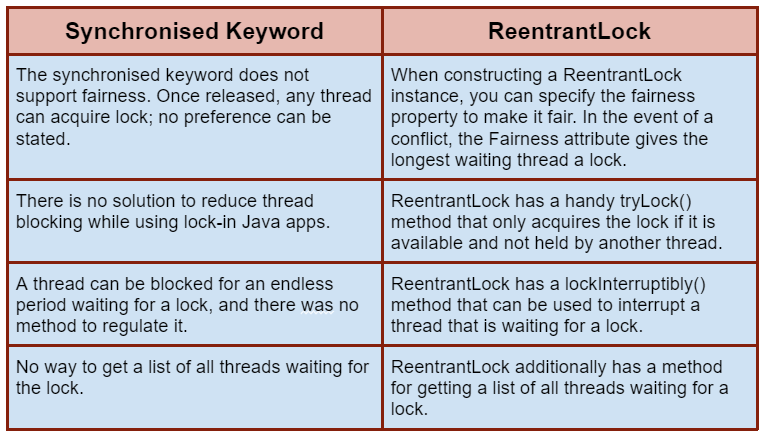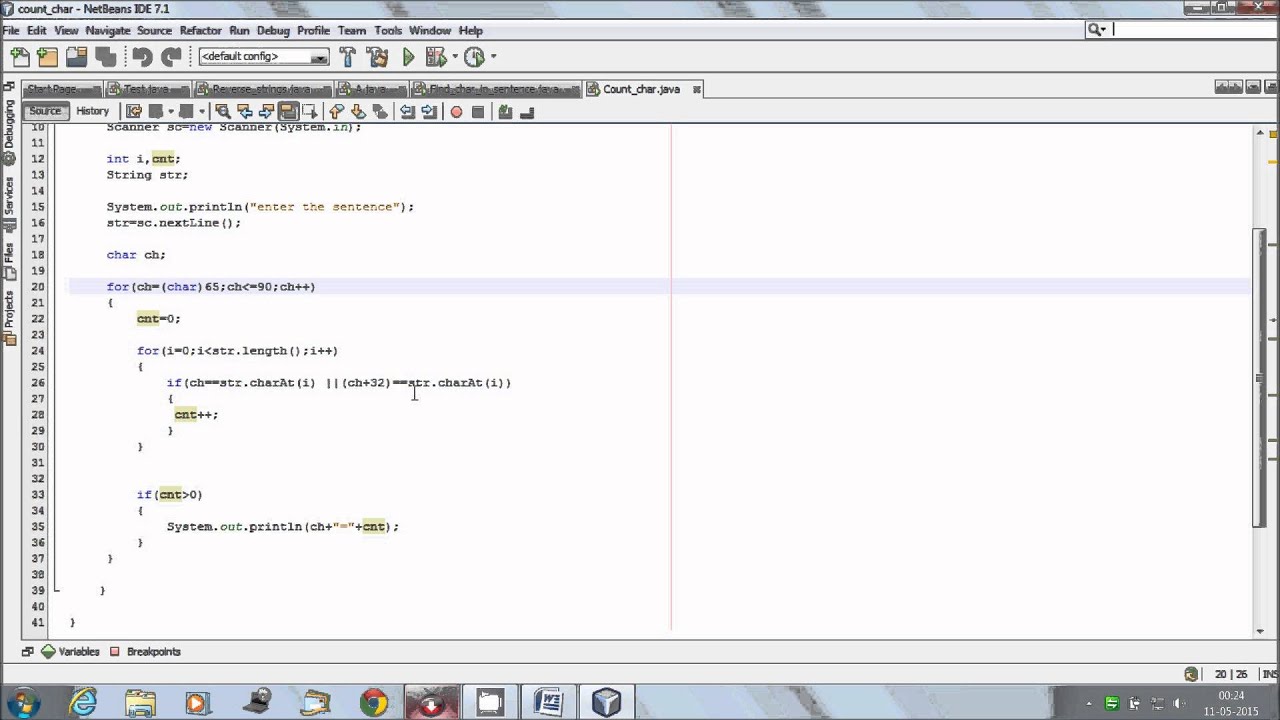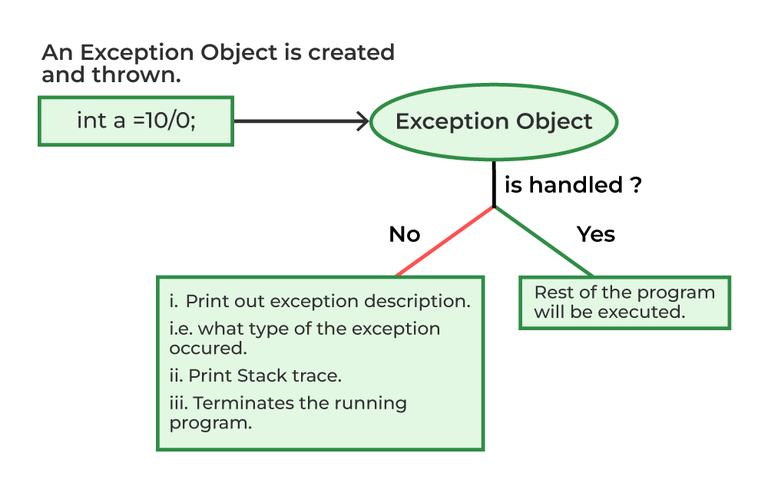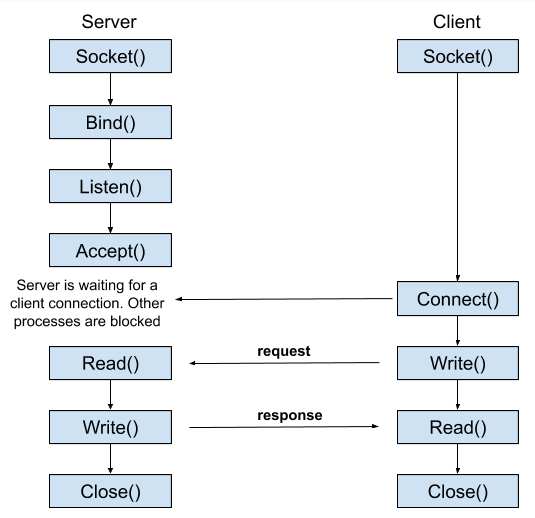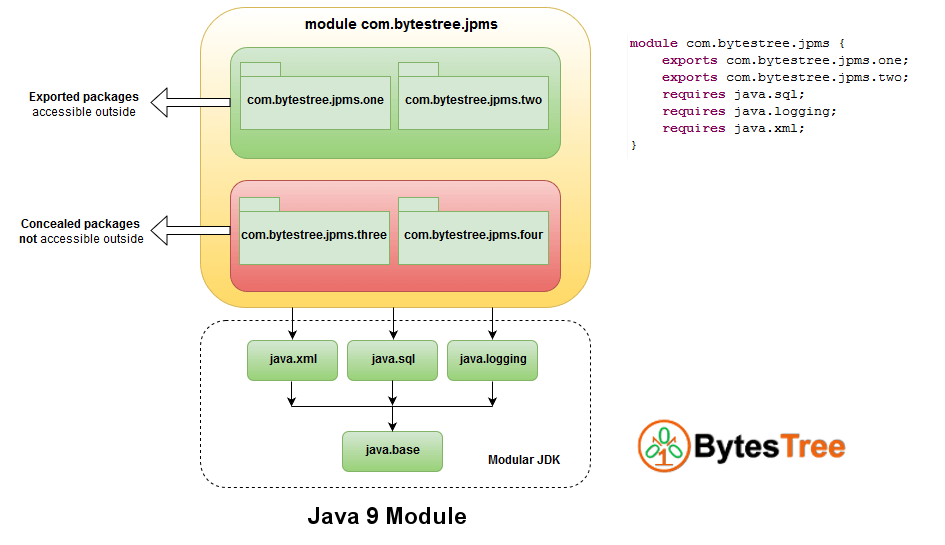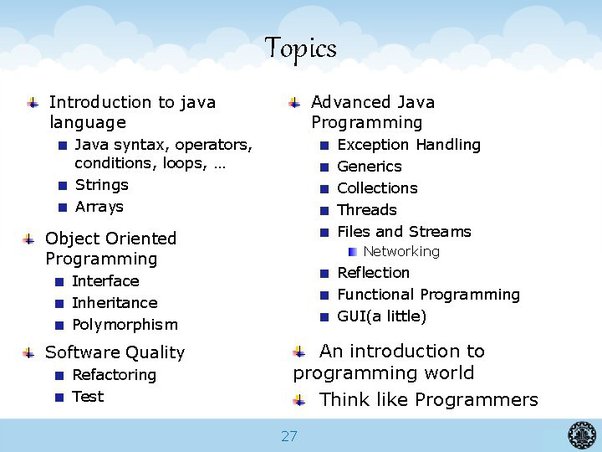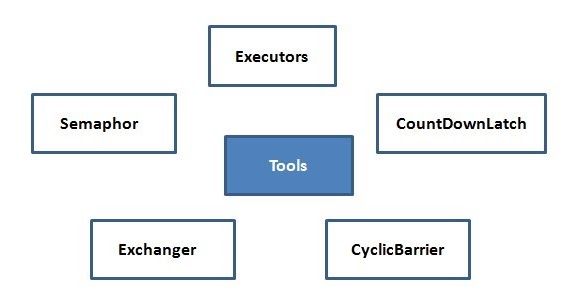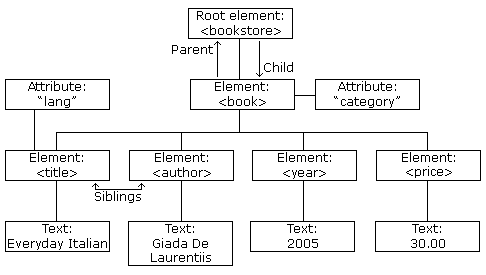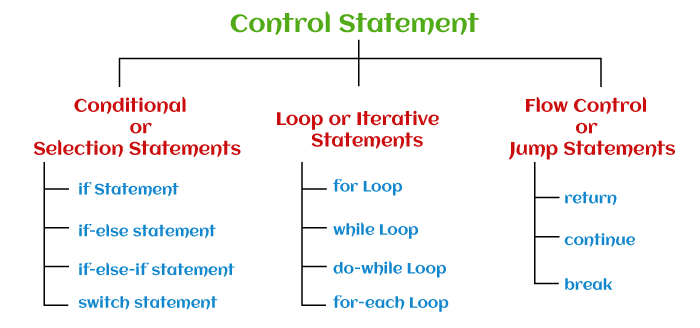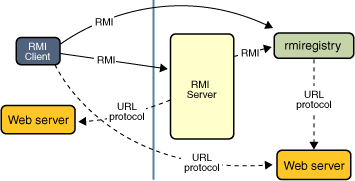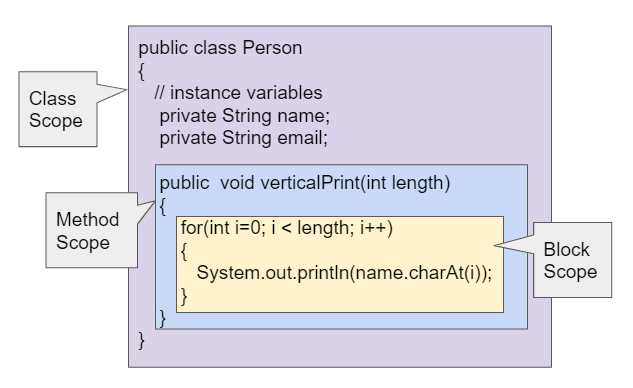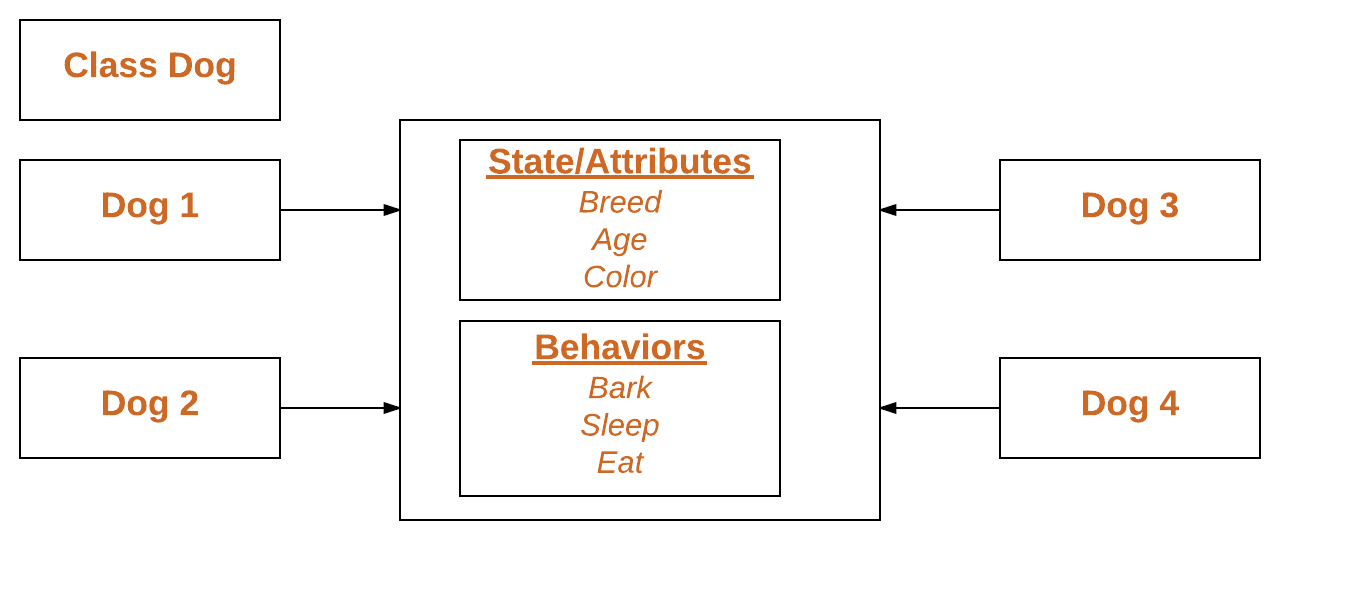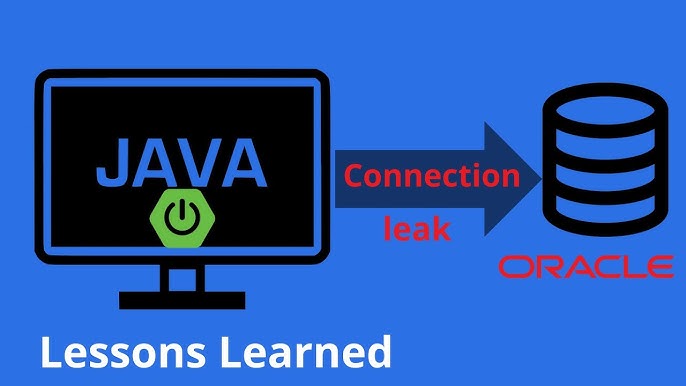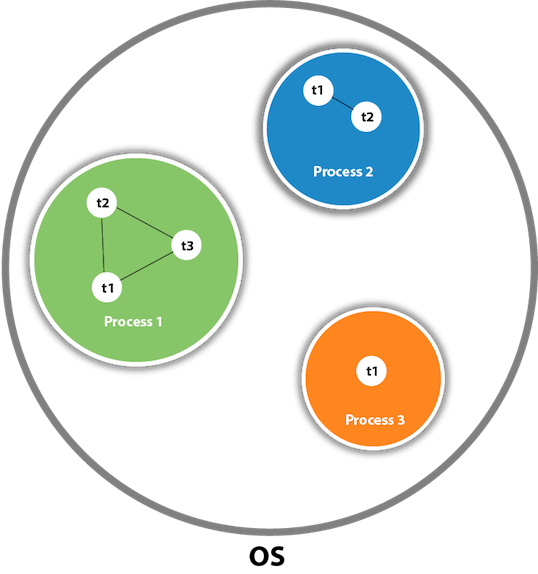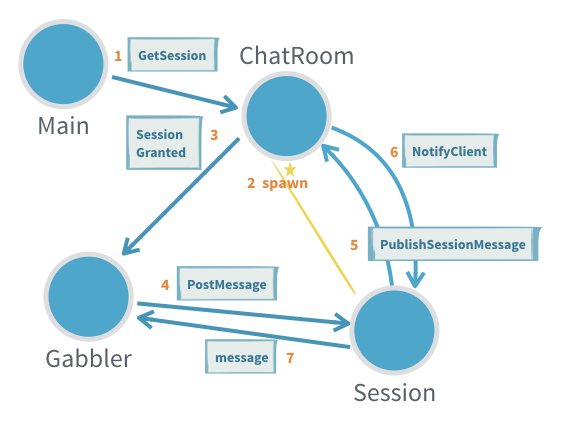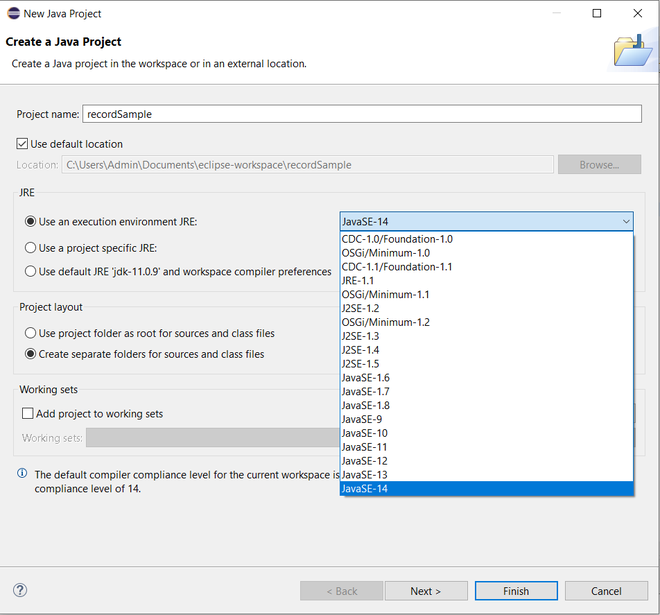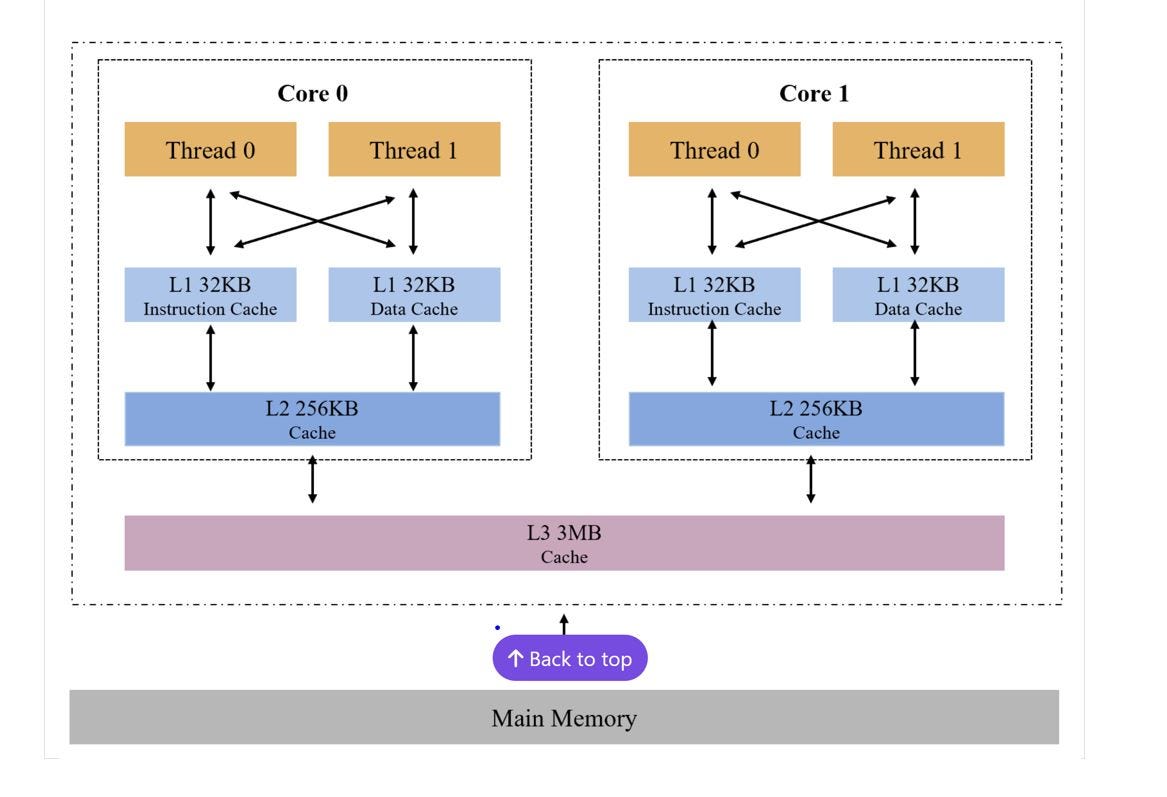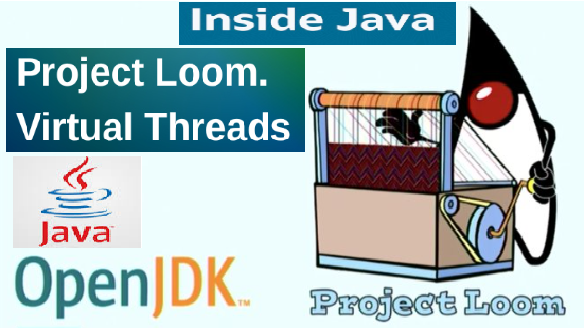What is the difference between thread and concurrency in Java?
What is the difference between thread and concurrency in Java?
A great question!
Many developers new to Java may find themselves confused about the terms "thread" and "concurrency". While they are related, they have distinct meanings.
Thread
In Java, a thread is a single flow of execution that runs within a process (in this case, your Java program). Each thread has its own call stack, which is the sequence of method calls leading up to the current point in the code. Think of it like a separate "lane" on the road where a car (your code) can drive along.
When you create a new thread in Java, you're essentially creating a new flow of execution that can run concurrently with other threads. You can think of threads as individual processes that share memory and resources.
In Java, you can create a thread by extending the Thread class or implementing the Runnable interface. When you start a thread, it runs until it reaches its natural termination point (e.g., when it finishes executing a method).
Concurrency
Now, concurrency refers to the ability of multiple threads to run simultaneously, sharing resources and system time. In other words, concurrency is about running multiple tasks at the same time, rather than sequentially.
When you have multiple threads that can run concurrently, you create opportunities for your program to:
Handle more requests or tasks at the same time. Improve responsiveness by allowing one thread to focus on a specific task while others handle other tasks. Enhance system resource utilization (e.g., CPU usage) by distributing workload among multiple threads.In Java, concurrency is achieved through the use of threads, but it's also possible to use other mechanisms like ExecutorServices, ForkJoinPool, or even libraries like Akka (for building reactive systems).
Key differences:
Thread refers to a single flow of execution within a process, while concurrency refers to multiple flows running simultaneously. A thread is a separate lane on the road, whereas concurrency is about all lanes being open at the same time.To illustrate this, imagine you have a restaurant with many tables. Each table represents a thread, and each waiter (your code) can serve multiple tables concurrently. The waiters may work together efficiently to manage orders, take payments, and handle customer requests – that's concurrency in action!
In summary: Thread is about creating separate flows of execution within a process, while concurrency is about running those threads simultaneously, sharing resources and system time, to improve performance, responsiveness, and overall program efficiency.
Is Java single-threaded or multithreaded?
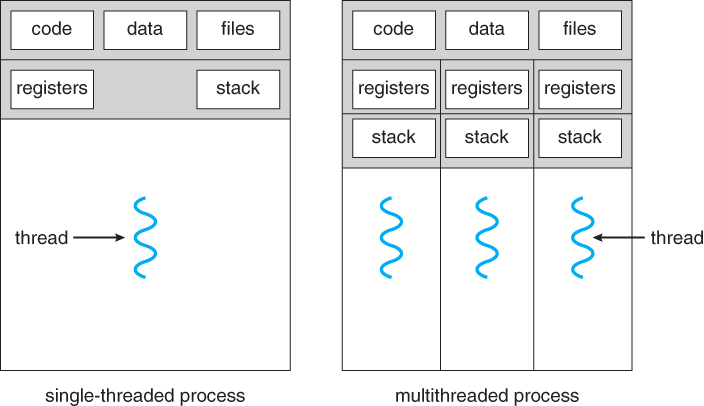
I'd be happy to respond in English for once!
Java is a multi-threaded language, which means that it supports the ability to run multiple threads of execution concurrently within a program. In other words, a Java program can have multiple threads running at the same time, each executing its own set of instructions.
In Java, a thread is an independent sequence of execution that can run simultaneously with other threads. Each thread has its own memory stack and can execute its own code, but they all share access to the heap space where data is stored. This allows for efficient communication between threads using shared variables or synchronization mechanisms like semaphores, monitors, or locks.
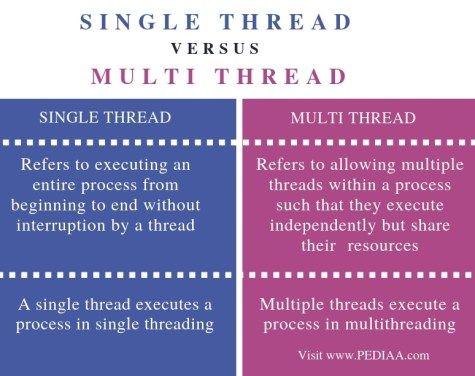
Java provides a range of APIs and libraries that facilitate multithreading, including:
java.lang.Thread: The basic building block of threading in Java. You can create a new thread by extending the Thread class or implementing the Runnable interface.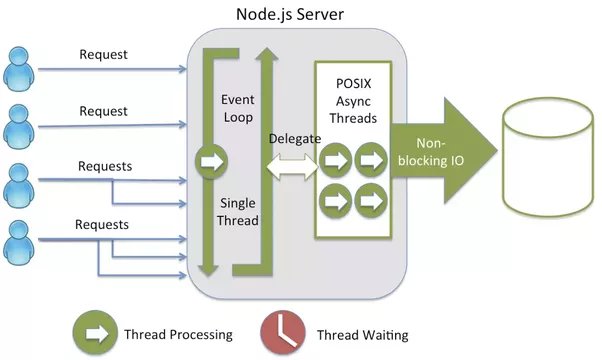
Java's multithreading capabilities are designed to help developers create more responsive, efficient, and scalable applications that can take advantage of modern computing architectures with multiple CPU cores or distributed systems.
Some benefits of using Java for multi-threaded programming include:
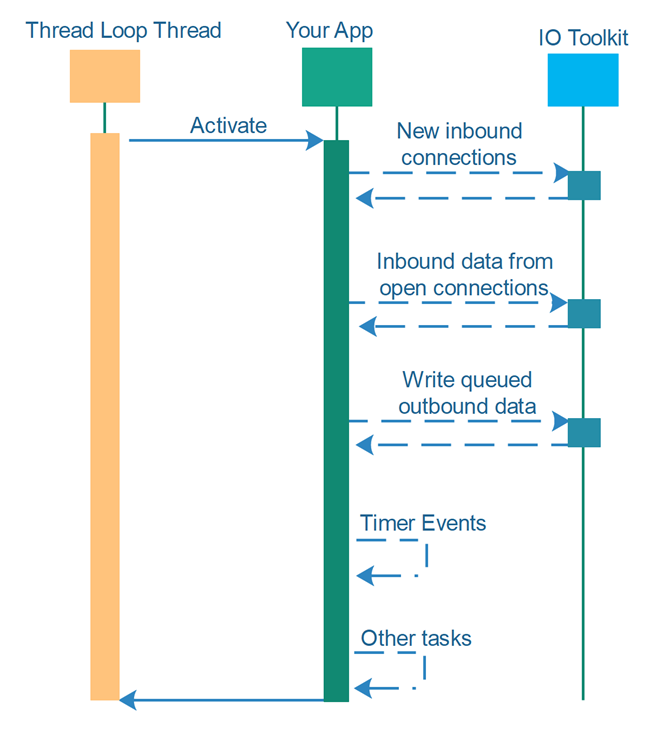
However, Java's multithreading model also comes with some potential challenges and considerations:
Synchronization: Properly synchronize access to shared resources to avoid data corruption or inconsistencies. Thread safety: Ensure that your code is thread-safe to prevent unexpected behavior or crashes when multiple threads interact. Resource management: Carefully manage thread creation, termination, and resource allocation to maintain system stability.In conclusion, Java's support for multithreading allows developers to create complex, concurrent applications with improved performance, responsiveness, and scalability. While it presents some challenges, the benefits of Java's multi-threading capabilities make it an attractive choice for many programming tasks.
